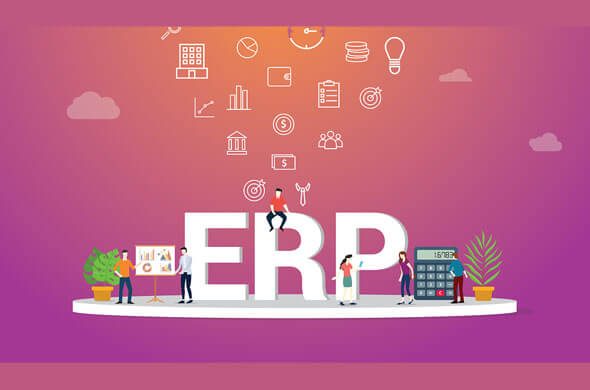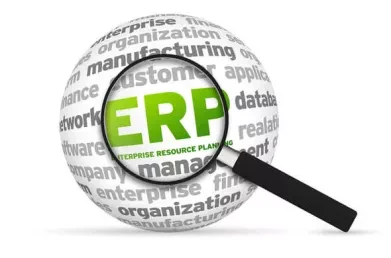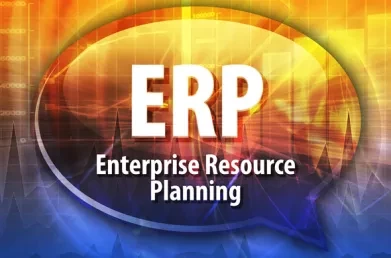Effective Stakeholder Management
‘Stakeholders’ are the individuals and groups which are, or are likely to be, impacted by the implementation of an ERP (Enterprise Resource Planning) project.
Monitoring stakeholder perception of the project is an important part in any successful ERP implementation – both as part of a risk management strategy and as a means of securing stakeholder support. What are the benefits of an effective stakeholder management process? And what are the key elements?
An effective stakeholder management process provides timely and relevant feedback which can help with the steering of the change effort. It is comprised of a number of key elements:
-
Identify the Stakeholders: This initial activity identifies who the stakeholders are – and this requires an analysis as to which entities will be affected by the project. The ‘usual suspects’ such as employees and customers are easily identified – but a thorough mapping process will also unearth a number of surprising candidates which might include trade unions, regulators etc. The benefit of a thorough identification process is that you reduce the potential for surprises in terms of individuals or groups who might put roadblocks in the way of change.
- Determine the level of stakeholder involvement: Stakeholders need to be graded in terms of their importance to the project as well as their impact within the organisation. What is key here is to identify who are the key ‘movers and shakers’ and the relative sources of power and influence in relation to the project.
- Engage with the stakeholders: The ERP project needs to engage with stakeholders on a scheduled basis in order to determine their perceptions of the project and the likelihood that they will provide the necessary level of support to implement the project (i.e. ‘ready’, ‘willing’ and ‘able’ or RWA). This analysis is completed both at the individual level and also at the stakeholder group level. The result of this activity provides valuable feedback to the project which in turns helps to shape the direction of the project (including remedial measures).
- Record stakeholder activity: It is important to formally track all interactions with stakeholders so that there is a record of what the project has done to secure stakeholder acceptance. This allows project management to assess how much work has been done to bring stakeholders on board.

A summary of the benefits associated with the stakeholder engagement process are as follows:
- A component part of achieving project business readiness;
- Identifies risks, obstacles and resistance within identified stakeholder groups and helps to identify appropriate remedial measures;
- Assists in the communications process;
- Provides visibility of the Project/Change Team on the ground;
- Closes the gaps between the project and the business.
This blog was written by Sean Jackson, Principal Consultant at Lumenia. If you would like further information on ERP Change Management or any other aspects of ERP please send an e-mail to Sean Jackson.


